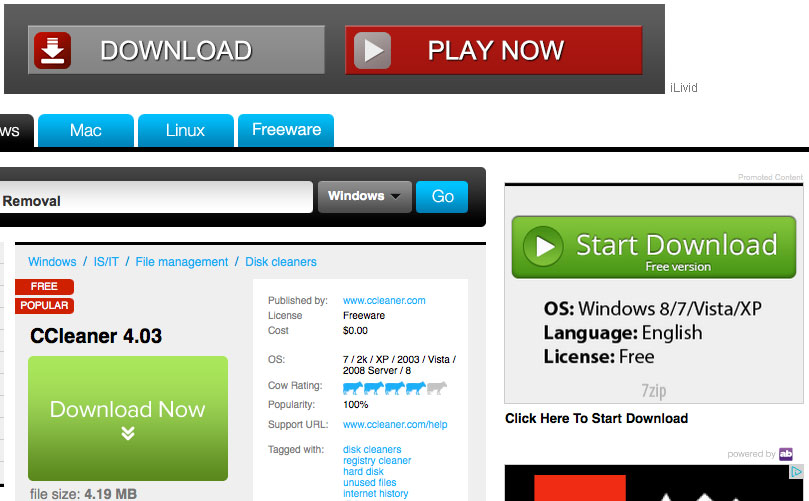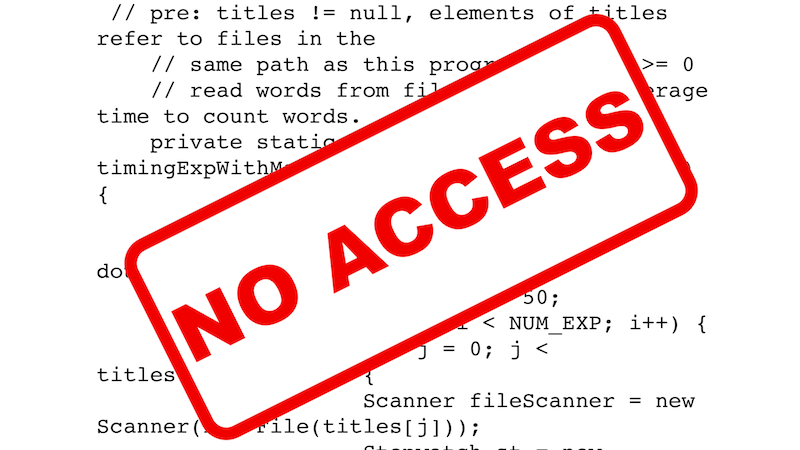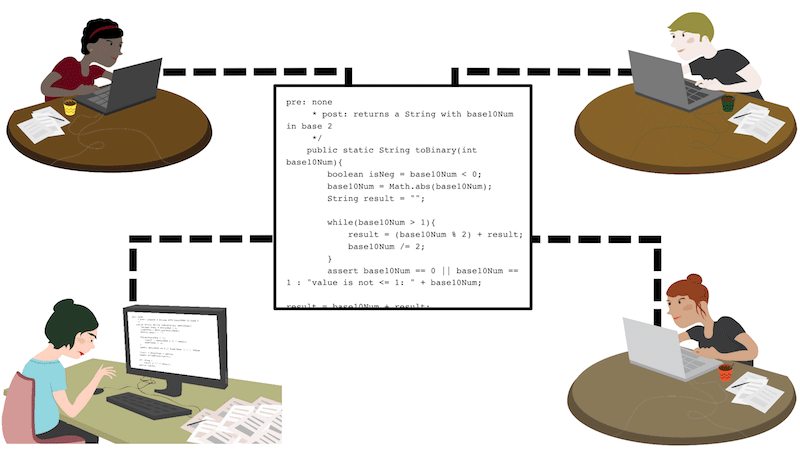We will study so I can to by .

There are free programs available for almost any purpose you can imagine. If you’re looking for free software for a specific task or want to find a free alternative to an expensive commercial program, it’s probably somewhere on the Internet. Often, the most difficult part is finding the safest, most reliable free programs among the thousands of other free programs.
Usually, the best way to find free software for Windows is to do an Internet search. On Android and iOS devices, the best way to find free software is to search in the Play Store or App Store for apps that are listed as free. For Mac OS, both the App Store and Internet searches are effective methods for finding free software.
When there is no fee to use software, it is sometimes called software gratis or freeware.
When searching for free software, distinguishing good software from bad or dangerous software is crucial. These steps will help you find a program that is safe, reliable, and performs the functions you need.

In the image above, the download button at the bottom-left is the real download link, while the other two are misleading ads.
Keep in mind that these safety tips are good practices whether you’re downloading free software or paying for software. There’s nothing stopping a distributor from bundling malware with a program and still charging you a fee for it, and plenty of commercial software is unstable or ineffective. Be aware at all times of common unscrupulous practices so you can avoid them and choose the best software for your needs.
One of the biggest advantages of free software is determining your specific needs and searching for the program that’s right for you, but sometimes it’s helpful to see what software other people are using. Here’s a list of some of our favorite free software for common tasks.
Security and system optimization
Productivity
Media
There are many reasons a developer may not be charging a fee for its software. In most cases, developers are still earning money through other means. Here are some of the common ways free software still makes money.
Not all free software developers earn money from software. They may have full-time jobs and make software in their free time as a hobby, they may be working under a license that prohibits earning profit from the software, or they might just enjoy participating in free software communities on the Internet.
Some software is freely available because the developers adhere to certain social and ethical guidelines. This software is sometimes called software libre, although it’s also sometimes called free software, using the definition of free that means liberty, not free of charge. You can read more about this type of free software at the Mozilla Foundation or the Free Software Foundation.
After using free software for a while, if you are happy with the programs consider supporting their developers. Visit their websites, and look for ways you can help. They may have links for you to donate money, contribute your talents to their projects, or promote their software on social media. But remember, your support is a choice, not an obligation. Free software communities thrive on individual choice and mutual assistance.
Almost every piece of computer software is created using source code, which is the technical blueprint that tells a program how to function. When creators release their finished product to the public, they must decide whether to make its code open source or closed source.
Watch the video below to learn more about open source and closed source software.
With closed source software (also known as proprietary software), the public is not given access to the source code, so they can’t see or modify it in any way.

But with open source software, the source code is publicly available to anyone who wants it, and programmers can read or change that code if they desire. Keep in mind that you don’t have to read or modify any code in order to use an open source product.
The vast majority of apps, games, and other popular software is closed source. However, there are open source options for many types of programs. If you want an open source alternative to Microsoft Office, you could use LibreOffice. Instead of using Windows, you could try an open source Linux operating system. Other common open source examples include the Firefox web browser and WordPress blogging platform.
One of open source’s biggest advantages is that it’s usually free, although some features and technical support may cost extra. Also, because the code is available to anyone who wants it, public collaboration can fix bugs, add features, and improve performance within a relatively short amount of time.

However, open source software isn’t perfect. It may not be as user friendly as closed source software, and if you run into trouble it may be difficult to find technical support, especially for less popular programs.
Closed source software is more likely to be a stable, focused product, and if you need support customer service is typically easier to access. However, closed source software often costs money, and if it has any bugs or missing features you’ll have to wait on the creator to address the problems.
Now that you understand the difference between open and closed source software, you can take advantage of the type that best meets your needs.